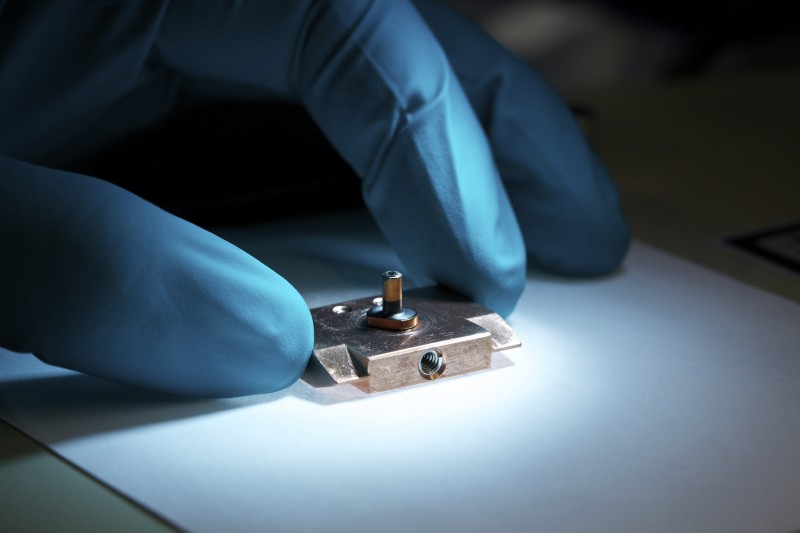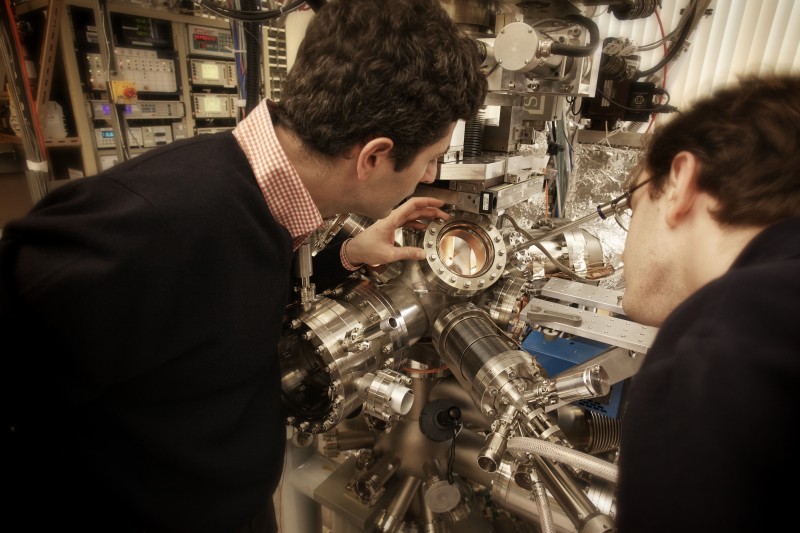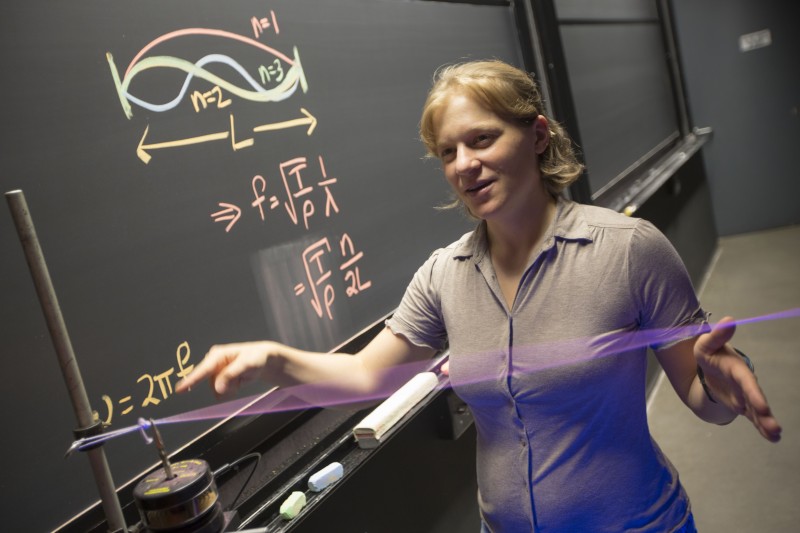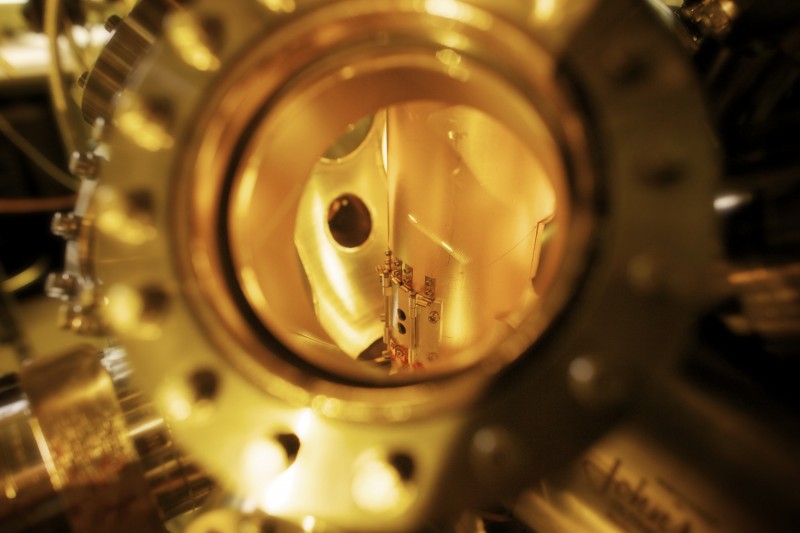Canada First Research Excellence Fund Unlocks $66.5 Million In Quantum Potential at UBC





After decades of success as a leading research institution despite a relatively small budget, UBC’s Quantum Matter Institute is poised to make its way to the front of the international field thanks to a record $66.5 million grant from the federal government.
In August they learned that they were one of just five institutions awarded an inaugural Canada First Research Excellence Fund grant. The seven-year funding represents the largest investment the government has made to any single UBC program, and was the largest grant of the group.
QMI Director Andrea Damascelli says the investment will propel UBC to the top of the international quantum matter field. He says his team was ready for the surprise opportunity. “We had the ideas, people, resources and infrastructure in place. We just had to finalize our plan. It’s a lucky situation, one rooted in a group effort that goes back to three decades of UBC excellence.”
Damascelli is referring to the study of quantum materials at UBC that began with the pioneering work of physics professors Walter Hardy and Doug Bonn in the 1980s.
Quantum materials exhibit astonishing electronic and magnetic properties, like superconductivity, that promise infinite possibilities in the fields of computing, medicine, energy generation and more.
But first they must be created, atom by atom, in a lab. In addition to ingenuity, research and brainpower, this process requires meticulous care and attention to detail.
Hardy, Bonn and their research team put UBC on the quantum materials map by consistently producing quality samples of new materials and exciting scientific results.
Their reputation drew George Sawatzky, one of the 100 most cited physicists in the world, from Holland to UBC, where he became the Founding Director of QMI in 2010. Sawatzky also secured QMI’s partnership with Germany’s prestigious Max Planck Society in 2012.
Damascelli says the funding will allow his team to attract talented new researchers, students and high-level technicians. He is particularly excited by the fact that the funding is not specifically targeted. “We will be able to jump on new ideas and take them to fruition,” he says. It will allow UBC to transition from its expertise in theory to creating prototypes in conjunction with industry partners.
Some of these breakthroughs will surely happen in the new, UBC-funded state-of-the-art research building scheduled to open in 2016.
The opportunities for quantum materials are infinite and as yet unimagined. “We’re not really sure where these discoveries will lead—perhaps to better ways of producing clean energy or improved devices for chemical or medical testing,” says Bonn. “With quantum materials, the sky’s the limit. It’s getting up there that’s the challenge.”
Some of UBC’s hopes to meet that challenge are pinned on promising new faculty members, like Jenny Hoffman, who comes to UBC from Harvard as the Canada Excellence Research Chair in Quantum Materials and Devices Based on Oxide Heterostructures.
Hoffman chose UBC based on QMI’s collegial culture. “I’m excited to join an extremely successful and collaborative group of researchers at the world’s forefront of quantum materials research. The materials we are interested in are so complex that we can achieve success only if we work as a team—so my highest priority was to find a research environment that is built upon great teamwork.”
It’s a culture that, much like the materials produced, has been painstakingly built through three generations of quantum materials leaders. As Bonn says, “Early on we decided to be a team focused on collective success and not to worry about whose name was going first. In this field, it’s collaborative work that gets success, not the single genius working alone.”
Damascelli takes this legacy seriously. “We carefully hire talented people who are driven by scientific curiosity, not ego.” In this way, he plans to build a team that just might develop materials that revolutionize the world.